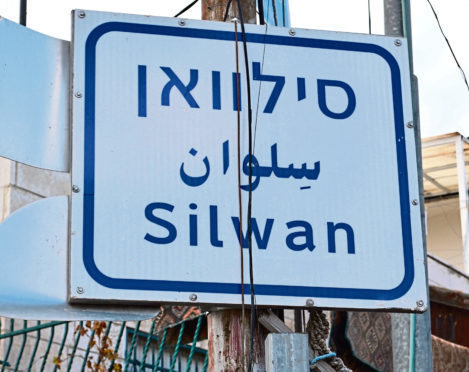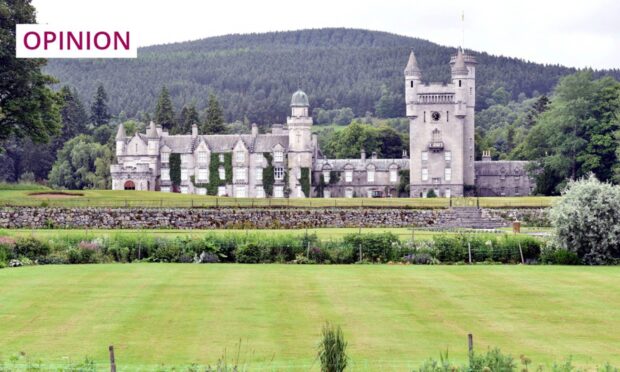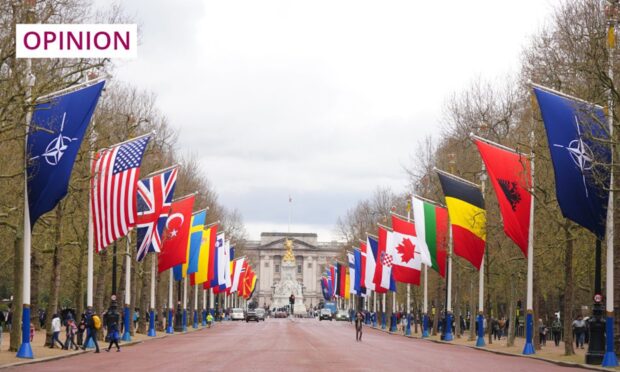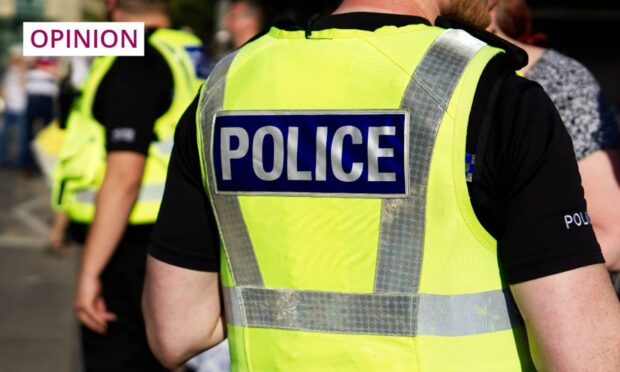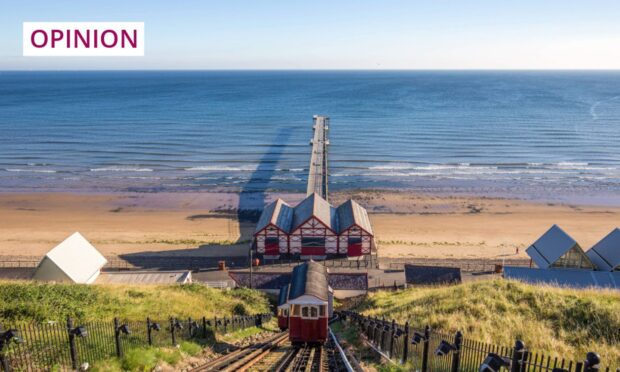To get a real feel for division between Palestinians and Jews, I was told by friends in the West Bank to go to Silwan, a predominantly Palestinian neighbourhood on the outskirts of Jerusalem’s old city.
It began as a small farming village hundreds of years ago, but in time became an urban neighbourhood of the ever growing city of Jerusalem. Silwan was under Jordanian control until the 1967 war.
Since then it has been occupied by Israel.
And it’s far from peace and calm in Silwan, for there is a battle ongoing there.
Tensions are extremely high, mainly due to the influx of Jewish settlers and their backing from right-wing Jewish groups.
On entry to Silwan, there is an information centre dedicated to the Palestinians who live here. There’s not much to see, but their website is very informative, silwanic.net
In 1991, a movement began to actively promote Jewish settlers into Silwan. Since then, local Palestinians claim they have been hounded out, tricked into selling, suffered forced evictions and had their homes demolished by Israel.
Israel claims many Arab homes in Silwan were built without permits, hence giving them justification to demolish them and or re-populate them with Jews.
The Palestinian population numbers up to 50,000, while there is thought to be up to 700 Jewish settlers in Silwan, who come with a heavy police presence. Their numbers are growing all the time.
I walked past tiny encampments where Jewish settlers live, houses surrounded by razor wire, CCTV and often private security guards inside.
There are always two sides to a story, but so far, to be honest, I really struggle here to see anything positive from an Israeli point of view.
Even more controversial than settlers are the archaeological digs.
Israel is digging under the streets of the Palestinian homes in Silwan to find what it believes are the ruins of the ancient biblical City of David.
Many say this dig is political and that there is no evidence at all that the City of David exists. Palestinians claim it’s all about Israel trying to find any evidence they can of Jewish history so they can use that to help legitimise illegal settlements all over occupied east Jerusalem and the moving in of even more Jewish settlers into the area.
Israel refutes this.
The underground digging has caused severe damage to the homes above ground, with some even having collapsed. This archaeological dig has actually been turned into a City of David tourist attraction.
I’ve read that while the digging and evacuations have found artefacts of both Arab and Jewish relevance, not one single artefact from the King David era has been found.
Still, Israel continues to search for its “lost city”.
In Silwan, the Israeli police drive around in jeeps that look similar to what the British Army had in Northern Ireland during the troubles. All the jeep windows are covered in mesh grids to protect from missiles smashing into them.
They are also often splattered with paint, thrown by locals. Two such jeeps drove past me. I’d imagine if I were an Israeli policeman, I would not want to get out of the safety of my car in the middle of Silwan.
I didn’t have good vibes walking around Silwan. The locals were highly suspicious. It is a poor area, very poor in fact, and of course no foreigners walking around. Unlike genuinely kind Palestinians deep in the West Bank in such places as Ramallah, most in Silwan, apart from a few kids who did wave and say hello in English, just ignored or stared at me with suspicion.
In one shop I went in to buy water, the owner looked at me with huge uncertainty, but when he realised I couldn’t speak Arabic, or Hebrew – I answered him in English – he quickly came to the conclusion I was not an Israeli Jew, so he actually smiled as he handed me my change.
While walking Silwan, two cars drove past me and the young men shouted abuse. It was in Arabic so I had no idea what they said, but I got the jist of it when one gave me the middle finger. Do I really look like I work for the Israeli security services, I said out loud as the car drove off. I then mentally observed how I looked: shaved head, dark glasses and wearing a stab vest. Hmm, a tad suspicious maybe for walking around a much-disputed area.
But, you know, with the problems they have to face with Israeli security forces, I don’t blame them for being either antagonistic or at least suspicious of me walking their neighbourhood.
If you’re a normal religious tourist to Jerusalem, I’d say stay away from Silwan, it’s not safe for you. I could have taken a tour in the tunnels in the so-called City of David, but on this occasion I choose not to. I simply wasn’t comfortable with it.
The “battle for Silwan” is undoubtedly only going to intensify. As digging continues, more settlers move in and Palestinians feel that they are being hounded out. I’ve only just scratched the surface of Silwan and east Jerusalem in general. I plan in my next trip to Israel, later in the year, to return here and interview locals and settlers alike.
I walked so very far I actually left Silwan and continued on through other smaller villages. I was by now quite a few miles away from Jerusalem, and as the sun was starting to go down, I decided there was no way I was walking all the way back, my feet were killing me. That aside, I didn’t want to be on the streets in Silwan come dark. I stuck out my thumb and thankfully a car stopped. We agreed a price and he drove me all the way back to Jerusalem’s Damascus Gate where I caught my bus back to the Bethlehem checkpoint.
I understand that when you’re living a life of hardship, or feel under threat, that the environment may come way down your list of priorities. I get that, to a certain extent. However, it has to be said, and this is, I’m sorry to say, a criticism of the Palestinian people in general, for they have precious little regard for the land they claim to love so much.
There is rubbish absolutely everywhere. I’m not saying everyone, but many, many people just throw their rubbish away. It’s a tragic sight when walking past a field of ancient olive trees to see it strewn with plastic bottles and containers.
I’ve seen adults on numerous occasions just opening windows of their houses and throwing large bin bags out the window and into nearby nature. Not just Silwan, but every town and city all over the West Bank is littered with tons of plastic garbage, simply dumped by humans.
A Jewish friend of mine told me: “If you don’t treat the holy land with respect, then you have no right to call it your home.” I agree.
It’s a very similar situation in Russia, where patriotism is rampant, yet precious few show any respect for their environment. Many simply dump glass and plastic bottles, and often entire bags of garbage, in forests. People just don’t give a damn, yet they all claim to “love” their country. It beggars belief. Sorry, rant over.
If you’ve read my book, Mankind’s Great Divides, you’ll see I did manage to glean a very short chat with an off-duty IDF solider, when we shared a table in a coffee shop. He agreed to talk about his job and I got the chance to question him, but because our meeting was purely by chance and only five minutes or so, I obviously didn’t have any time to do my homework and prep questions.
Since then, and especially since I’ve interviewed the “enemy” in Gaza, I’ve wanted a full-on no-holds-barred interview with the IDF.
I’ve now got it. An open and very frank interview with an ex-IDF soldier.
To contact George directly about any of his columns, email nadmgrm@gmail.com
